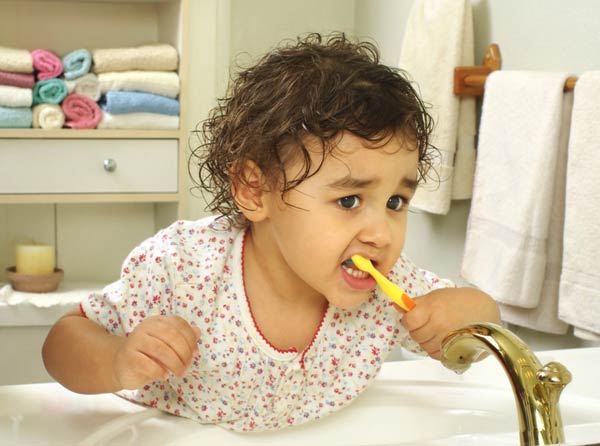Tooth Resins May Expose Kids to BPA

Plastic water bottles and canned foods aren't the only items that might expose kids to bisphenol A (BPA). Certain resins applied to children's teeth to protect them from cavities also contain BPA, and the chemical can be detected in children's saliva hours after the procedure, according to a recent study.
BPA is a widely used synthetic chemical that has been associated with changes in behavior, prostate and urinary tract development, and early onset of puberty. It is also commonly used in oral care children often have their teeth sealed with a resin containing BPA to prevent cavities, and it is often used in fillings.
The researchers caution their findings are preliminary and they were not able to study whether BPA was actually absorbed by the children's bodies. Nonetheless, they are concerned by the findings and suggest more research in the area.
The study is published in the October issue of the journal Pediatrics.
Sealants and fillings
Study researcher Philip Landrigan, of the Mount Sinai School of Medicine in New York, and his colleagues reviewed toxicology data from the last 10 years to examine the benefits and potential childhood health risks of using dental materials containing BPA.
The researchers found that BPA was detectable in saliva for up to three hours after dental work was completed.
Get the world’s most fascinating discoveries delivered straight to your inbox.
"BPA is commonly used in dental products, and while exposure from dental materials is much less common than from food storage products, we are still concerned," Landrigan said. "These dental products are still safe and an effective way to promote good oral health, but dentists should take precautions to reduce potential absorption of this chemical and the negative side effects associated with it."
Recommendations
The researchers suggest manufacturers disclose specific information about the chemical structures of these products and search for alternatives.They also urge that resins containing BPA not be applied to the teeth of pregnant women .
To reduce exposure, the authors recommend the use of one BPA derivative, called bis-GMA, which seems to pose less risk. They also recommend that dentists rub the surface of the materials with pumice to remove the top layer of the sealant, and to encourage their patients to rinse for 30 seconds after the procedure to prevent saliva from breaking the chemical down into BPA.



